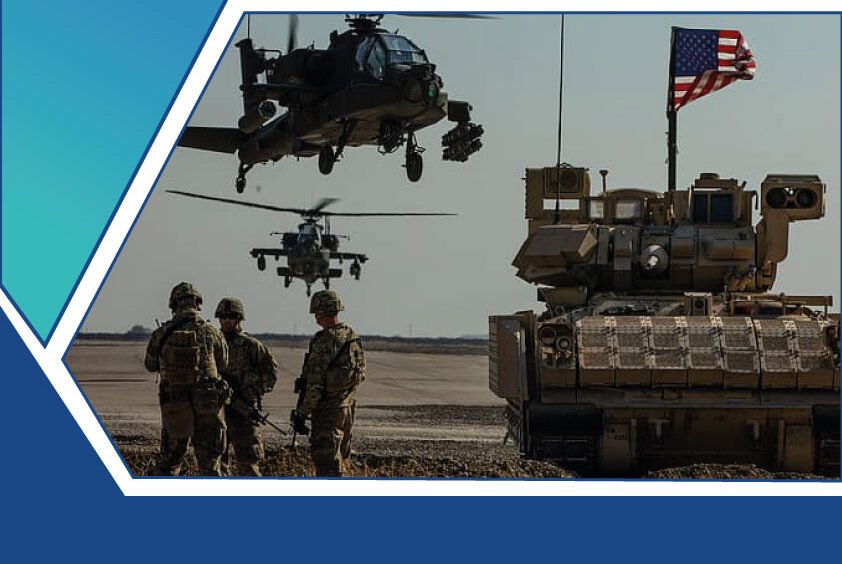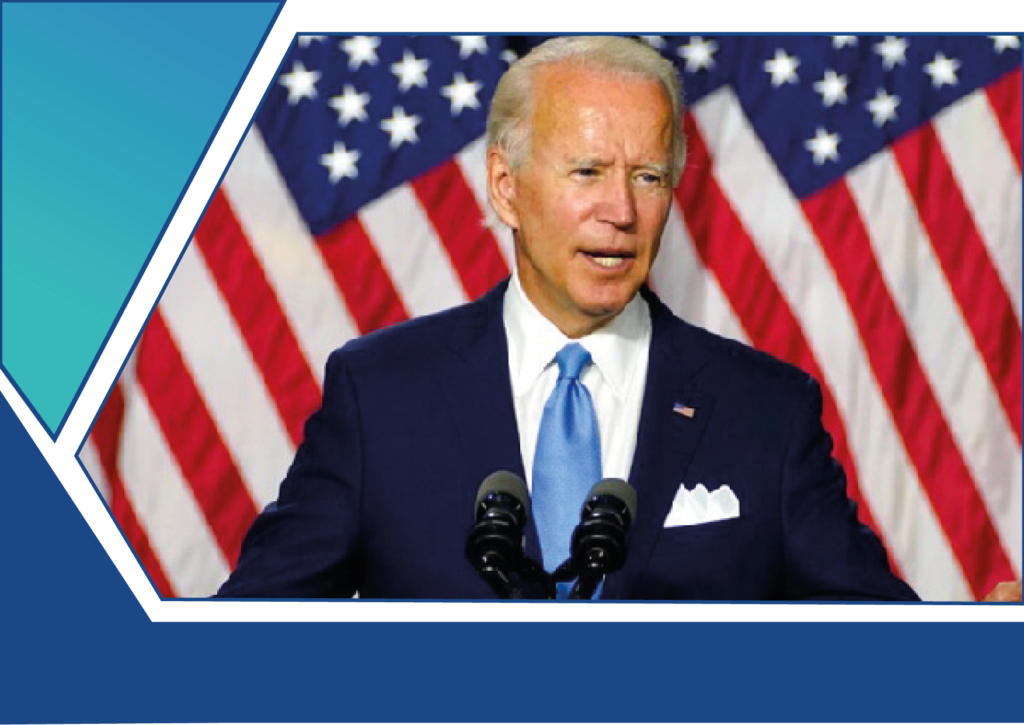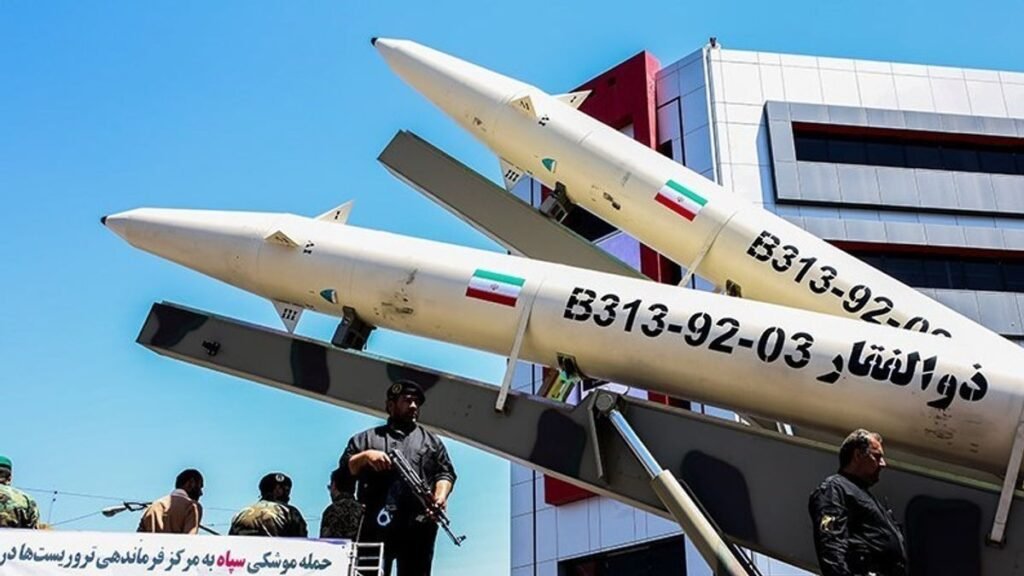Scenarios and Obstacles of the Expected American Military Operation Towards the Iraqi Syrian Border Separation

(This text was translated from its original Arabic version which was published in August 2023.)
Author: Firas Allawi
Introduction
Recently, there has been much discussion about the possibility of a military operation by the international coalition led by the United States targeting areas along the east and west of the Euphrates River, starting from the strip between the towns of Al-Mayadin and Al-Bukamal, extending to the Al-Tanf base in southern Syria. Amplifying these speculations is the increasing number of military convoys of the international coalition that have entered the region from the American bases in Iraq, which are equipped with specialized ammunition and weapons. This is in addition to restructuring the “Free Syrian Army” forces and conducting military drills in Al-Tanf.
Also, the frequency of visits by military leaders from the U.S. Central and Middle Command, leaders from Operation Inherent Resolve, and American political figures to the region increased. They met with several tribal leaders and influential local notables with significant influence within the social fabric. There have also been reports of meetings held by coalition leaders inside the Al-Omar oil field, which is the main base for the coalition in the area, with former local military leaders and figures in order to form a new military body. This coincides with reports of cooperation between forces east of the Euphrates with factions in the 55-kilometer zone and the Al-Tanf base.
Adding to these expectations is the United States’ deployment of high-precision HIMARS missile bases, coinciding with an increase in coalition aircraft operations in the region along the dividing line between the coalition-controlled areas/north of the Euphrates River, also known as the “Jazeera” and often referred to in the media as “East of the Euphrates”, and the areas controlled by the Iranian militias and forces loyal to the Syrian regime south of the river. Another objective is to further secure the American presence in the region, especially with the rise in Iranian targeting of American bases and the increasing attempts by Russian aircraft to hinder the flight operations of the international coalition since the beginning of the current year.
Geographically Controlled Areas
Iran and the United States geographically share control over eastern Syria, especially the Deir ez-Zor governorate. Iran controls what is known as the area west of the Euphrates, or the “Al-Shamia” area, extending to the Iraqi-Syrian border. Here lie the main cities of Deir ez-Zor, Al-Mayadin, and Al-Bukamal, which represent the main passage through the Syrian desert to central Syria, notably the T-4 base, which Iran uses to protect its bases in central Syria, extending to the Syrian ports and the Lebanese borders. Iran shares this presence with Russian forces and the Syrian regime’s forces in regular harmony so far. The city of Al-Bukamal is considered a strategic area for the Iranian forces and is entirely under their control. This led Iran to establish many military bases, the most prominent of which is the “Imam Ali Base” northeast of Al-Bukamal city.
The United States controls the area east of the Euphrates, also known as the “Al-Jazeera” region, which is rich in oil wells. In this area, the U.S. has established several bases, the most notable being the Al-Shaddadi base southeast of Al-Hasakah and the Conico and Al-Omar oil field bases northeast of Deir ez-Zor. In the region, there are local forces supported by the international coalition and operating under the leadership of the Syrian Democratic Forces, commonly abbreviated as SDF.
The geopolitical and economic significance of the region has created an atmosphere of competition and hostile actions between the two sides. Iran’s policy is based on a media narrative that centers around hostility towards America. To serve this narrative domestically and to maintain its strategic gains, Tehran engages in operations targeting American bases in the area.
On the other hand, the American strategy is based on maintaining a state of instability for the Iranian forces and realizing its project in the region by strengthening local forces and frequently targeting Iranian bases. This strategy is supported externally by Israeli aviation, which constitutes one of the main methods of targeting the Iranian project in the region.
The Probability of the American Military Operation
All of the above increases the likelihood of a U.S. military operation or, at the very least, a shift towards strengthening local forces and coalition forces in the region to a degree that bolsters American stability. Additionally, there’s the possibility of implementing slow-paced expansionary policies. This notion has been reinforced by several local variables in the region, which include:
1- There has been an increase in the number of convoys entering the coalition-controlled areas in the provinces of Al-Hasakah and Deir ez-Zor through the Semalka crossing, which separates the Kurdistan Region of Iraq and Syria. These convoys carry quality ammunition and weapons. Additionally, the United States has brought in the HIMARS missile system to bolster the protection of American bases, especially after they have been frequently targeted recently, either by drones or by shells, most of which are launched from Iranian bases in the Syrian desert.
2- The frequency of visits by American officials to the region has increased since the beginning of this year, including military leaders and politicians holding high positions in the U.S. Central and Middle Military Commands.
3- Increase in the frequency of Iranian targeting using drones around the American bases east of the Euphrates, including the targeting of a helicopter and the injury of several soldiers.
4- Increase in the level of Iranian activity in security and military infiltration by bringing in military militias from Iraq and Lebanon and repositioning some of them. Also, the introduction of reinforcements for the Syrian regime’s forces, especially from the Republican Guard, the 4th Armoured Division, and the 17th Armoured Division, with the frequent appearance of leaders from the National Defense Forces militia in Deir ez-Zor: Firas al-Jaham and Nawaf al-Bashir.
5- On another level, recent weeks have seen an increase in discussions about Russian aircraft provoking American air traffic over Syria and statements from the American side about the Russian forces’ lack of respect for engagement rules and flight protocols over Syrian territories.
6- Washington has been supporting its forces in the region with F-16 aircraft and deploying F-22 Raptor jets.
7- Some residents have begun leaving areas close to the frontlines, with some heading toward areas controlled by the “SDF.”
Major Regional Variables
Deir ez-Zor province is one of the areas choked by the projects of competing international powers on the edge of narrow and intertwined geopolitical intersections. The confrontation areas are almost zero in some parts of the countryside of Al-Hasakah and Deir ez-Zor, between coalition forces on one side and Russian and Iranian forces on the other. There have been several cases of limited skirmishes, such as what occurred in February 2018 when American aircraft attacked a convoy of the “Wagner” militia and the National Defense Forces loyal to the Assad regime as they tried to cross the Euphrates River into the coalition-controlled areas east of Deir ez-Zor, killing dozens of them.”
The likelihood of clashes between the aforementioned powers this time is not a result of the Russian side’s expansionist desires as it was in 2018 when it was at its peak strength globally and particularly on Syrian soil, but rather due to new developments, including:
1- There have been gaps in the Russian force in Syria, either due to the war on Ukraine and the escalating tensions between Moscow and NATO, and even threats of using nuclear force, in addition to the short-lived rebellion by the Wagner militia.
2- The halting or freezing of nuclear agreement negotiations between the United States and Iran, consequently increasing the chances of military escalation after the prospect of a solution has been blocked.
Scenarios of the Military Operation If It Occurs
Local power leaders, such as the “SDF leadership”, deny preparing for any military operation in eastern Syria despite the mobilization witnessed in the region of its forces. They have increased their presence in the eastern countryside of Deir ez-Zor up to the Iraqi-Syrian border in Al-Bukamal, specifically in the village of “Al-Baghouz”, attributing this deployment to the necessities of maintaining security, combating the “ISIS” organization, fighting smuggling, and drug networks. Local sources also discussed the reasons for this deployment due to disputes between the “SDF” leaders and the commander of the Deir ez-Zor Military Council and its leader “Ahmad al-Khabeel, known as Abu Khawla” and the speculations about the possibility of him being sidelined by the coalition and the handover of checkpoints controlled by the Deir al-Zour Military Council to the Asayish (internal security forces).
On his part, and on the front of the al-Tanf base, “Colonel Farid al-Qasim, the commander of the new ‘‘Free Syrian Army’’, denied their intention to launch a military operation on areas in eastern Syria starting from the American al-Tanf base on the Syrian-Jordanian border, which corresponds to the American base in northeastern Syria at the Omar oil field. He stated that the joint exercises conducted by the army with the support of the American forces are for combating the organization (likely referring to ISIS) and enhancing the readiness of the troops.
In general, if the mutual constriction operations between the mentioned global and regional powers continue in several different areas, whether in Ukraine, Iraq and Syria, or due to Israeli fears of Iran obtaining nuclear weapons, or to fill the voids created by the Russian retreat which might increase, then there are strong chances of either limited military operations or attempts to cut off the land routes used by Iran. The most important of these are:
The First Scenario:
A U.S. military operation with the participation of local factions: This would be launched from the American bases east of the Euphrates, especially the Al-Omar oil field and Conico bases, and with the participation of the new Free Syrian Army at the Al-Tanf base. Consequently, these bases would be connected to each other, cutting off the road for the Iranian cross-border project coming from Iraq and leading to Damascus. This scenario faces several obstacles and is conditional on a significant escalation of U.S. forces and a major presence due to:
1- This scenario requires a large number of personnel, equipment, and ammunition due to the vast area in which the military operations would take place, and this is not currently available.
2- The Syrian Desert represents a hostile environment for the American forces and their allies, due to the presence of many Iranian bases in it, the spread of the Syrian regime forces, and the existence of Russian personnel and forces. This also widens the scope of the confrontation to include the Russians, thus turning the military operation into an open battle with unpredictable results.
3- The advantage achieved by the Iranian and regime forces in terms of open supply routes, ease of communication, and the transfer of weapons, ammunition, and logistical materials.
4- The significant presence of ISIS forces in the Syrian Desert makes the participating forces viable targets for them, especially since the ISIS personnel have an advantage in fighting in open areas due to their familiarity with the desert and its routes.
5- Coordination with the Jordanian side is also required, considering the possibility of clashes reaching the Jordanian border in the area of the 55 and the al-Tanf base.
The Second Scenario:
Gaining control over the city of Al-Bukamal and the Iraqi-Syrian border from the Syrian side. The realization of this scenario requires the participation of large numbers of forces and personnel from the Syrian side and coordination with the Iraqi government. The operation in this scenario aims to block the Iranian forces from the Syrian interior and weaken the Iranian project in Syria by controlling Al-Bukamal city, which is the main entrance for Iran into Syria. This scenario has several obstacles in addition to those mentioned in the first scenario, which include:
1- Lack of assurance of the consent of the ”SDF” to participate in the military operation due to Iran’s relations with the Kurdistan Workers’ Party (PKK) and the potential repercussions of SDF’s involvement in the operation on those relationships. Consequently, the United States would need to involve new elements in the military operation.
2- Lack of assurance of the consent of the Iraqi government for the military operation or the potential objection to the entry of fighters onto its territory. Therefore, the operation would require political agreement with the Iraqi government.
The Third Scenario:
Includes a military operation on the seven villages controlled by Iran and the Syrian regime east of the Euphrates, which serve as the forefront for potential Iranian operations against the American bases. These villages are: Al-Husseiniyah, Al-Salihiya, Hatla, Marat, Mazloum, Khasham, and Tabiyet Jazira. This scenario is considered the most likely for several reasons, including:
A- Less interference, cost, ammunition and human resources are needed, as the area falls within the coalition’s territories, giving the coalition a broader capacity for movement and maneuvering.
B- The people pressure exerted by the residents of these villages on coalition officials and visitors to the area, including American officials, and their desire to return to these villages, especially since they are only a few kilometers away.
C- These villages pose a field threat to the American bases due to their proximity, making them easily targetable from within.
The obstacles for this scenario are the same as mentioned earlier, in addition to the fact that the military operation will take place in:
1- Areas close to the US bases, thereby increasing the possibility of targeting them.
2- There is a concern about the increased activity of ISIS forces in the region under the coalition’s control, which could lead to the targeting of American interests in the region.
The fluidity of the military situation and the position of the eastern Euphrates region on the edge of narrow and intertwined geopolitical intersections push toward the possibility of one of the anticipated scenarios happening. Moreover, it opens the door, albeit slightly, to the occurrence of opposite scenarios, despite their seeming improbability. The first scenario is manifested by the continuous disturbance from the Russian air force to American aircraft in northeastern Syria and the potential of Russian aircraft targeting American objectives. This was what the spokesperson for the U.S. Central Command warned against when the Russians breached the flight protocol over Syria and Russian planes approached American aircraft conducting reconnaissance missions. This scenario is heavily linked with the developments in the Russo-Ukrainian war. Therefore, its likelihood greatly depends on an all-out escalation between the United States and Russia or the possibility of Russia losing all its gains in Ukraine.
The second scenario is characterized by Iran intensifying its targeting of American forces and bases in Syria. Iran continues to mobilize its Iranian forces and local militias, seemingly preparing for a potential military operation in vast areas of Deir ez-Zor province. Iranian militias and Syrian regime forces are distributed in various parts of the Syrian desert and on the edges of the Euphrates River opposite the American bases to the east of the Euphrates. The area is also witnessing a large-scale displacement of locals from areas expected to be targeted by the military operation to inland regions, especially the capital Damascus. Moreover, the rate of mobilization is increasing through local leaders who have become more prominently visible. In conjunction with this, the Syrian regime, with Russian and Iranian support, is conducting military maneuvers in the Deir ez-Zor desert using live ammunition and aircraft in areas of the desert near Muhasan, Buqruss, and Mayadin. This suggests that these forces are enhancing their readiness, repositioning, and deployment. Iran is also displaying its preparedness for any potential military operation.
- Washington’s preoccupation with the Russo-Ukrainian war.
- Biden’s administration’s reluctance to escalate against Iran and the continued discussion about the possibility of breaking the stalemate in the nuclear agreement negotiations.
- The approaching date of the American elections and, consequently, the Biden administration’s fear that any losses inflicted on American forces in the region might negatively impact Biden’s chances of winning another presidential term in the White House.
In conclusion: All the powers on the Syrian map are trying to maintain the rules of engagement established in Syria, whether through battles and military operations or security understandings. However, the ongoing impasse in the prospects for a political solution and the possibilities of strategic agreements between these powers keep and increase the chances of escalation on the ground. This prepares for the potential of an armed collision between them or between the local forces allied with them. At the same time, the political conditions and their maturity for any military operation affect the likelihood of their occurrence, especially in light of major changes like the Russian war on Ukraine and the results it will produce in redrawing the influence maps among global powers.









